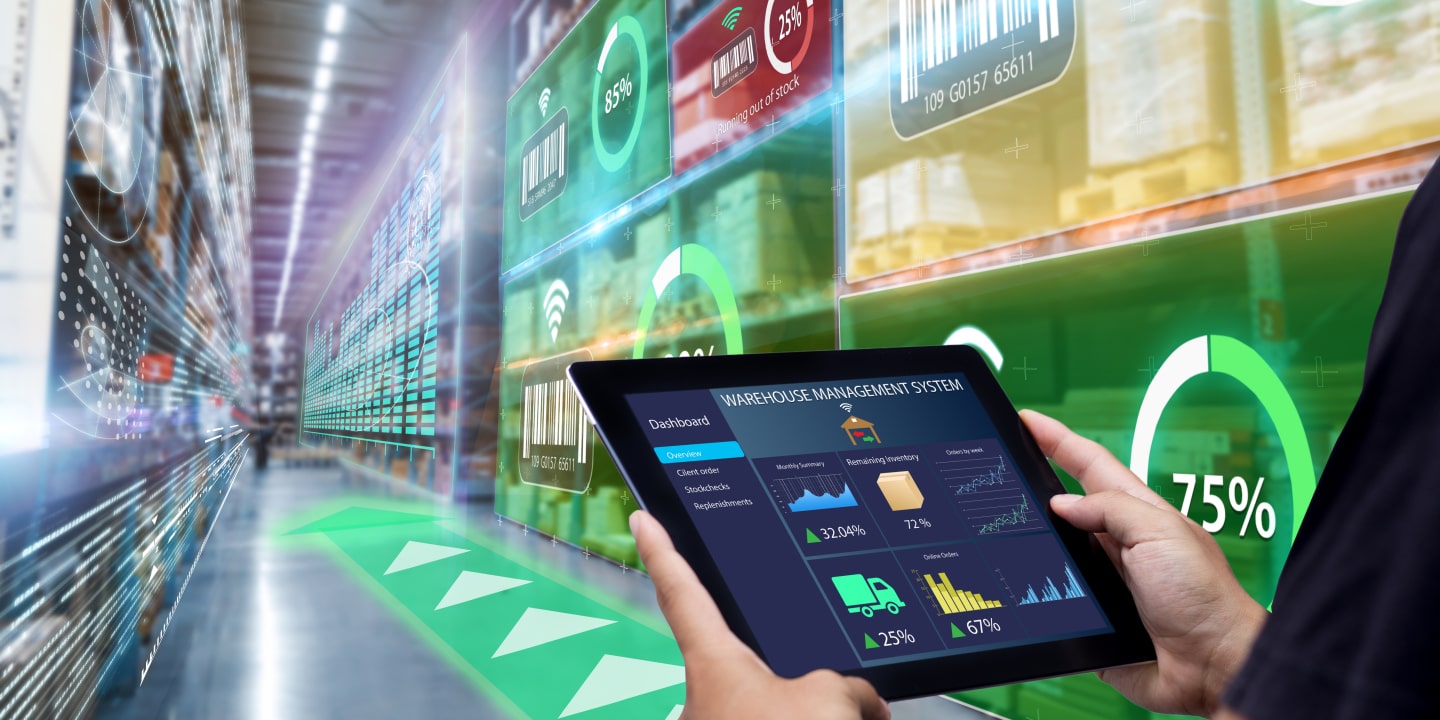Effective Ways of Connecting Shippers and 3PL Providers

According to NTT Data’s Annual Third-Party Logistics Study, 56% of US shippers used third-party shipping management systems in 2022. The most prevalent activities shippers outsource are domestic transportation (67%), warehousing (63%), customs brokerage (46%), international transportation (44%) and freight forwarding (49%).
What’s more intriguing is that 9 of 10 shippers reported that their relationships with their 3PLs generally have succeeded.
As reported in recent years, shippers have greater expectations of what they need from logistics and supply chain service providers. While these organizations have responded with the best they can offer, it is apparent that overall issues with managing supply and demand, including capacity, have become overwhelmingly tricky in many instances. So, let’s explore how cooperation can benefit shippers and third-party logistics companies.
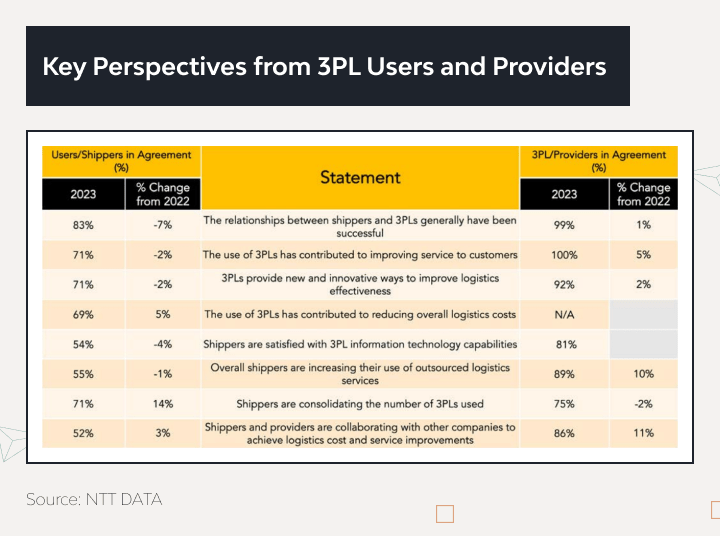
Challenges in Shippers-3PL Relationships
The past few years have been challenging for shippers and third-party logistics companies. The post-pandemic market remains volatile and changing, which causes different capacity problems for supply chain logistics services and unstable market demands. The process of connecting shippers and third-party logistics providers is under constant transformation, so it reveals a series of issues. Let’s take a closer look at them.
Matching Supply and Demand
That’s the most vital issue for supply chains, so the cooperation of shippers and third-party logistics providers must balance demand and supply. It may be tricky because the current market is pretty volatile.
The main issue for shippers and 3PL providers is effectively setting up all processes related to managing current supply chains and providing an accurate demand analysis and forecasting. This responsibility needs to be shared among all participants in the supply chain.
Rethinking and Transforming Supply Chains
Many existing supply chains have lost their relevance, so shippers need help improving value for the end-user customers. The first step is providing an honest overview of current supply chains. The next is to determine how to turn it into a desired shipping system using state-of-the-art logistics solutions and technologies for shippers and third-party logistics providers.
Change Management
When the entire market is unstable, the current disruptions and changes make supply chains outdated and need to improve. Such complex systems as chain supplies were never simple to transform, so change management requires a complete understanding of the current situation and what is expected as a valid result.
It largely depends on how working teams are open to innovative ideas and initiatives and how well companies support them during significant transformations.
Managing the End-To-End Supply Chain
Considering the changes in the global market, many shipping companies aim to design E2E supply chains that unite all major processes, from procurement of materials to delivery of manufactured goods to final customers.
Such supply chains look great on paper, but mistakes may ruin a company’s performance. That’s why relationships between shippers and 3PL providers must be successful for the sake of the involved participants and the broader reaches of the supply chain.
Benefits of Effective Partnerships
Making a connection between shippers and 3PL providers benefits all supply chain participants. It’s a typical win-win strategy, and here are the most prominent pros:
Drive Cost Savings
3PL companies have a much more comprehensive logistics network than most manufacturing and retail companies. Moreover, they have many agreements and relationships with contractors and can propose better delivery prices and minimize overhead costs.
Connecting shippers and third-party logistics providers also reduces investments in shippers’ infrastructure, such as warehousing, routes analysis and optimization, delivery tracking, staff training, etc.
Access to an Extensive Experience
For a manufacturing company, it’s pretty hard to accommodate the level of logistics expertise required for all regional markets, especially when working in different countries. Shipment of goods may have different rules of documentation processing, prohibitions and restrictions of import and export, economic regulation, and other conditions and features.
Connecting shippers and third-party logistics providers helps businesses expand into international markets without delays and smoother entry into new regions.
Focus on Core Competencies
Cooperating with a 3PL provider allows businesses to concentrate on their vital competencies instead of struggling with important, resource-intensive activities. Companies may use the extensive logistics expertise of 3PL providers without deploying internal resources.
Gain Flexibility and Scalability
Large third-party logistics companies offer businesses almost infinite supply chain scalability that covers even the most ambitious business needs. If things go up, managers don’t need to worry about logistics — 3PL systems will cover all demands. But if there are tough times, businesses just pay less for goods delivery.
Improve Customer Care
Proper shipping management software dramatically improves the quality of customer services and reduces the amount of delayed deliveries to almost zero. This, in turn, leads to more satisfied consumers and enhanced brand loyalty — precisely what a business needs.
Read Also: Choosing the Right SRM System
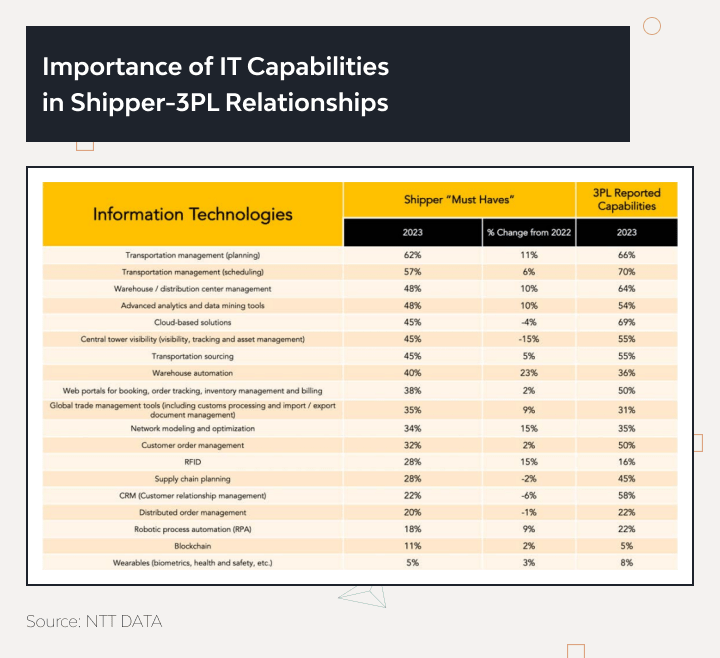
How to Choose the Right 3PL Provider
Here is a step-by-step guide about choosing the right third-party logistics provider that perfectly matches the business requirements.
Check Expertise. It’s the first and foremost thing to analyze. When choosing a third-party system, the following features are worth considering:
- Industry Specialization. If a 3PL provider has ever worked in your industry, it’s always a great advantage. In such cases, a contractor already knows all the specific features required to guarantee good delivery performance.
- Network Size. Experienced logistics providers have an extensive network of contractors around the world. Moreover, it must have well-tuned operations across borders, allowing it to enter international markets flawlessly.
- Compliance and Regulations. Perfect knowledge and broad experience in logistics law regulations and compliance standards are required for any 3PL company, especially when entering international markets. Only this will help to avoid delivery delays and compliance issues.
- Technology adoption. Implementing modern tracking, testing, and analytics technologies is crucial in 3PL performance. AI data analysis and other digital tools can significantly improve supply chains and delivery routes.
- Proven Effectiveness. Request data about completed projects and check how well a 3PL provider can choose delivery routes and ways, reduce costs, manage risks, and meet deadlines. Customer feedback will also help.
Check 3PL’s capabilities to work with different cargos. Once you become confident in the contractor’s expertise, you should check how well the 3PL provider delivers goods requiring special carriage conditions, including precious or fragile cargo, hazardous materials, oversized loads, etc. Even if you don’t need such services immediately, think ahead.
Consider ways of route optimization. Logistics is not only delivering packages from place to place. It’s a complex process that may undergo severe changes in no time and demand immediate actions to change or reshape some delivery routes. Find out how a contractor prevents force majeure situations and reacts if something like that happens.
Pay attention to cost management. Delivery price is one of the critical factors when choosing a third-party logistics vendor. Compare at least a few offers from logistics companies. But don’t select some 3PL services only because of the price; consider all required features.
Connectivity Types Between Shippers and 3PL Providers
Nowadays, there are three main ways to establish a secure and stable connection between a manufacturing or retailing company and a 3PL provider:
Electronic Data Interchange (EDI). Exchanging messages is a pretty old but still widely used way of sharing data between shippers and 3PL companies. Partners send each other encrypted messages with all required data, which is then manually processed by managers. However, keeping EDI safe and preventing data leaks require long-term staff training, which may be pricey.

Nevertheless, it’s still convenient for small businesses but can’t be recommended for mid-sized or large companies with dozens of supply chains processed simultaneously.
Electronic Air Waybill (e-AWB). It’s the next level of EDI communication, designed initially as a message-exchanging method for airlines. But e-AWB unifies docs formats, so bookkeeping becomes much easier, but simultaneously requires human resources.
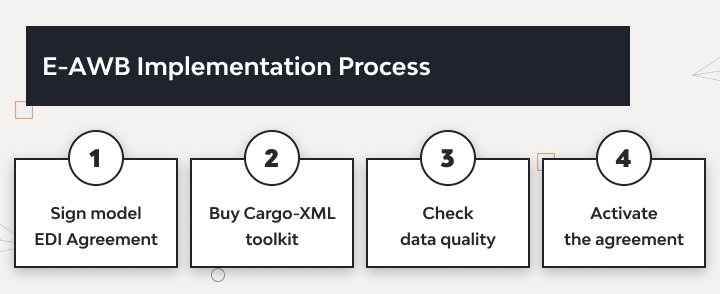
Large businesses may also use this method. For example, Hellmann Worldwide Logistics, the international logistics company, sends and receives over a thousand shipping docs monthly by e-AWB and works like a clock.
API Third-Party Logistics Systems. This method directly connects the digital applications of a shipper and a 3PL company that automatically sends, receives, saves, and processes all required data in specified formats.
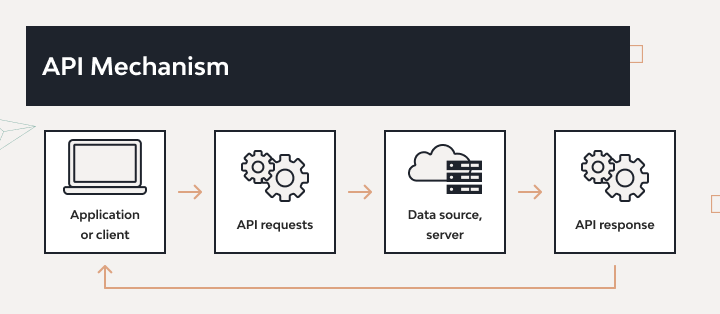
For example, if a manager seeks data about a specific delivery, they don’t need to contact anyone. They need to create a particular request in the application. If such data exists and is allowed to be shared, the manager gets it almost immediately.
API works as a translator between different applications, servers, and interfaces. It needs plenty of resources to set it up correctly but almost none to operate.
The most used API are REST (Representational State Transfer) and SOAP (Simple Object Access Protocol). REST is more prevalent in supply chain management because it works flawlessly with all required file formats, including XML, HTML, TXT, and JSON.
How to Choose a Third-Party Logistics System
Choosing a 3PL provider is a big deal for business because it has a crucial impact on supply chain effectiveness. Here, we have collected some tips to make this process easier.
Step 1. Compare your needs and their capabilities.
First, you must find as much information as possible about 3PL’s technical capabilities and compare it with your needs. You may carefully read a company’s white paper or ask the following questions:
- Do they have enough warehouses in the areas you operate in?
- Do they have enough experience in your field of activity?
- What are your current and prospective logistics needs? How scalable is the provider’s capabilities?
- How crucial is it to fulfill next-day orders for your business? Can the chosen 3PL company deliver such orders in time?
- How does the third-party logistics provider deal with force majeure situations?
Try to get acquainted with the 3PL system before entering into a contract. It will help you avoid many unnecessary problems.
Step 2. Calculate the costs.
Knowing how efficient the cooperation between shippers and 3PL providers will be is crucial. How much money will you save on fewer labor costs and less pricey deliveries?
Calculate all presumptive costs for a month or a quarter. But consider additional services such as gift cards, discounts, package wrapping, fast shipping, front-door deliveries, etc, even if you don’t need them yet.
The other vital features are delivery insurance and compensation for delays. If the package is not delivered in time, does the company give you a refund or credit? Also, remember that all delivery fails would be taken by customers as your own fails. So it’s not all about money but also about reputation.
Step 3. Check for integrations
Last but not least is to confirm the third-party logistics software can be fully integrated with your CMS, IMS, warehouse solution, and other management systems you use.
Proper software integration ensures deliveries are fulfilled and shipped in auto mode, and all inventory data is updated immediately. Moreover, it needs much fewer human resources compared to non-integrated systems. Using modern technologies is a crucial success factor for a logistics company.
Here are some key features of the system:
- User-friendly dashboard. An easy-to-use homepage providing all necessary data about new, ready-to-ship, transit, and completed deliveries. A manager can track delivery status and progress, time to completion, and immediately consider emerging issues even if hundreds of packages exist.
- Convenient delivery archive. Managers can find any delivery in no time, even if they have little data about it. Using numerous filters makes tracking easy, including a few years old deliveries.
- Full shipment details. Staff members can check current data of any ongoing delivery in real-time, even to track a particular delivery on the map.
- Analytics. It’s the most exciting thing in the designed transportation management system. A well-trained AI provides insights that may be used to improve delivery performance, freight routes, and cost efficiency. It may even help a manager to choose the best carrier.
You can get acquainted with the full concept in our case on Behance.
Conclusions
3PL providers may significantly improve the supply chains of manufacturing and retailing brands and increase customer loyalty. It’s acceptable as an urgent solution as well as a strategic partnership.
- What is a 3PL?
- 3PL provider is a separate company that delivers customer orders of a particular brand. A 3PL company is not part of the brand, but its software may be integrated with the brand’s inventory and transportation management systems to build and improve efficient supply chains.
- How do we make a proper connection between the shipper and 3PL provider?
- You must clearly understand what you need to get from the 3PL company. Consider your business’s capabilities and needs, then compare your requirements with what the 3PL provider offers. Please pay close attention to the technologies they use.
- Can you check a 3PL performance?
- Yes. Most 3PL companies provide real-time access to data related to shipping routes, order fulfillment, delivery delays, and other shipping information. If software integration is already performed, all data is accessible immediately, even outside working hours.
- Why use 3PL services?
- 3PL providers help manufacturing and retail companies improve and scale up storing, preparing, and delivering goods. In many cases, connecting shippers and 3PL providers is much faster and cheaper than creating the entire delivery and warehousing processes in-house from scratch.


